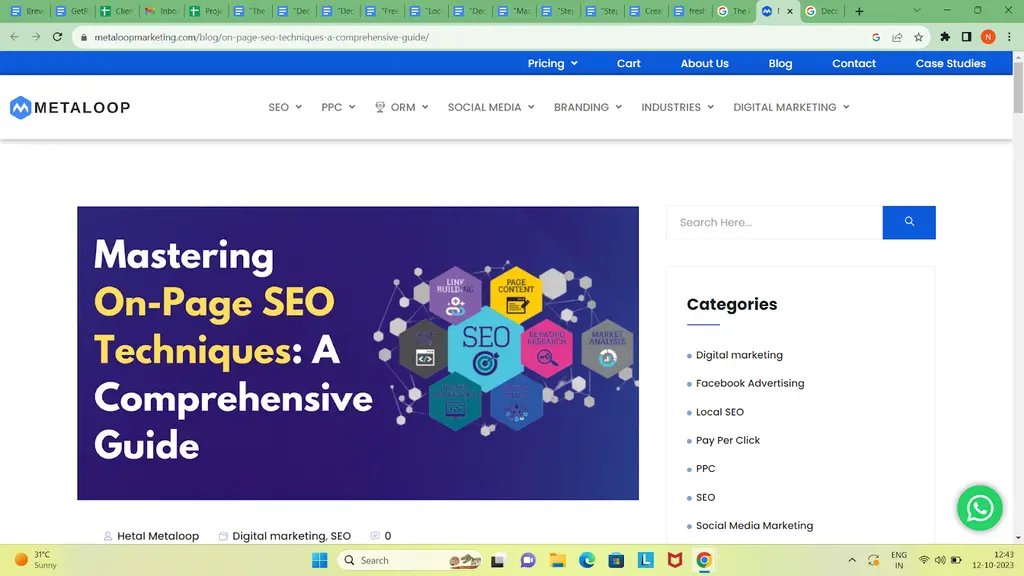
- Home
-
Digital Marketing Services
- Digital Marketing Services
- Search Engine Optimization Services
- Social Media Management Services
- Social Media Optimization Services
- Social Media Advertising Services
- Google Ads Services
- PPC Ads
- Lead Generation Services
- Search Engine Marketing Services
- App Store Optimization Services
- Local SEO Services
- Backlink Building Services
- Online Reputation Management
- Conversion Rate Optimization Services
- PR Services
- Content Writing Services
- Mobile Ads Services
- Content Marketing Services
- Native Ads Services
- Mobile App Promotion Services
- Market Place Ads
-
Design & Development
- Web Development Services
- App Development Services
- Ecommerce Web Development Services
- Wordpress Web Development Services
- Shopify Web Development Services
- Website Design Services
- LMS Development
- CMS Development
- PHP Web Development Services
- Magento Web Development Services
- Laravel Web Development Services
- IOS App Development Services
- Android App Development
- ASP Dot Net Development Services
- Codeigniter Web Development Services
- Joomla Development Services
- Drupal Development Services
- Opencart Development Services
-
Pricing Plan
- Digital Marketing Packages
- SEO Packages
- SMO Packages
- SMM Packages
- Social Media Ads Packages
- Google Ads Packages
- PPC Ads Packages
- Lead Generation Packages
- SEM Packages
- ASO Packages
- Local SEO Packages
- Backlink Building Packages
- ORM Packages
- CRO Packages
- Press Release Packages
- Content Writing Packages
- Mobile Ads Packages
- Content Marketing Packages
- Native Ads Packages
- Mobile App promotion Packages
- Market Place Ads Packages
- Our Work
- Resources
- Blog




































































![1707475220 Bebran[1]](https://bebran.com/public/uploads/1709129094_1707475220_bebran[1].webp)

![1707475220 Bebran[1]](https://bebran.com/public/uploads/1709132759_1707475220_bebran[1].webp)

![1707475220 Bebran[1]](https://bebran.com/public/uploads/1709133996_1707475220_bebran[1].webp)

![1707475220 Bebran[1]](https://bebran.com/public/uploads/1709135250_1707475220_bebran[1].webp)

![1707475220 Bebran[1]](https://bebran.com/public/uploads/1709135874_1707475220_bebran[1].webp)

![1707475220 Bebran[1]](https://bebran.com/public/uploads/1709136770_1707475220_bebran[1].webp)







![1707475220 Bebran[1]](https://bebran.com/public/uploads/1709188948_1707475220_bebran[1].webp)

![1707475220 Bebran[1]](https://bebran.com/public/uploads/1709190426_1707475220_bebran[1].webp)

























































































